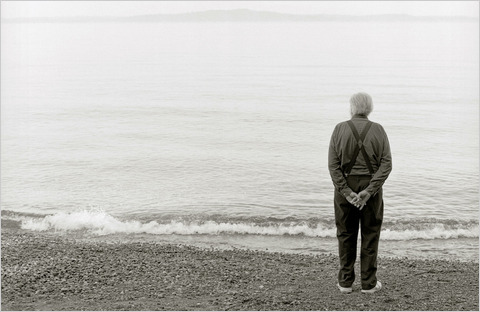Alternative title: We’ve been setting goals all wrong.
I recently purchased a few extra credits on Audible and was looking for books to listen to as I ride my bike when I found: A Guide to a Good Life: The Ancient Art of Stoic Joy. My initial thoughts were that the book might have a 50/50 chance of being a self-help book that I would drop after chapter 2. Those thoughts might have been justified but the book ended up landing on the right side of that coin toss. It’s been the “right book at the right time” kind of read for me. I love it when I find content that hits this sweet spot since the stories, ideas, and art we consume can often have different meaning depending on our frame of reference at that time.
There are three things from the book that resonate with me and are worth sharing. I should mention, the thesis of this book is to help you find your “life’s purpose” (A guiding light to help direct life’s decisions), and if you aspire to this grander vision of the book’s content I suggest reading it through. I don’t want to ruin the book for you by incorporating this thesis into a short blog post. With that all said, now onto three tools you can start using today.
Internal Goal Setting
Stoic thinkers hone in on the idea of “control”, and in doing so create a dichotomy between things that are “under your control” and things that are “not under your control”. As an example, we have no control over whether the sun rises in the morning or sets in the evening, but we do have control over what time we eat dinner.
This sharp contrast created by the idea of “control” is used as a kind of lens for Stoics to see the world and either avoid or pursue certain actions or behaviours in pursuit of Joy. One of those behaviours they avoid is goal setting tied to things that are “not under our control”. For example, athletes who set goals tied to external outcomes like “Winning the race” are tying their goal to something that is somewhat “not under their control”. An alternative would be for the same athlete to set a goal tied to something internal like “Doing the best I possibly can”, and truly feeling accomplished at succeeding in that ends.
This may seem like impractical sage wisdom at first, since much of our culture is centered around “winning”, however many of the goals we set in our careers or in our personal lives and in our hobbies are not tied to competitive outcomes. The mistake is to take the approach of external goal setting in settings where internal goal setting can be meaningful and in some cases a better alternative that sets you up for success.
Negative Visualization
The second tool in the toolbox of a practicing Stoic is reflecting on how things could be worse in an effort to appreciate those things more. The analogy goes, even someone who owns nothing but a loin cloth can imagine a life in which she has no loin cloth at all, a worsening of an already precarious situation. In the same way, we can imagine a world in which we lost someone important to us. The process of imagining losing someone will hurt, but then when we realize they are not actually gone, we will have a renewed appreciation for that person. A daily practicing of “Negative Visualization” is a tool we can all use to cultivate a greater appreciation for the things we take for granted.
Negative visualization creates in us the same feelings we might have during a tragedy, a force that puts us in delayed-response appreciation mode when it’s already too late. Negative visualization is something we can do in the gaps throughout the day, on a bus, in the washroom, on a run and its effects are not temporary if we are habitual in practicing them. It helps us to experience the everyday joy associated with appreciating the things we already have, breaking the continuity loop of the hedonistic treadmill.
Controlled discomfort
A third and my favourite of the Stoic tools of joy is practicing discomfort. It’s easy for me to say “we are a culture of comfort seekers”, but I think this is an overused stereotype, even if it has some truth to it. Practicing discomfort isn’t the same thing as practicing pain, the Stoics see this as “self-control over instant gratification” or “pleasure seeking” behaviour. Practicing discomfort could be something simple like abstaining from eating until you’re truly hungry instead of on a schedule, which makes the food taste better. I view cycling and running as controlled discomfort in that it hurts to test your physical limits, but I can ease off the gas when the pain becomes too much, and the process helps me to appreciate my mental and physical health.
The Stoics see the practicing of discomfort as a kind of stretching of your discomfort thresholds. For a comfort seeker who rarely experiences discomfort, the slightest amount may feel unbearable to them. Whereas, for the practiced Stoic, the range in which discomfort affects her is widened to the point where it takes a lot of discomfort to throw her off. Controlled discomfort is comparable to the idea of “Practicing Adversity”, the Stoics believe that a life in pursuit of luxury is in competition with our joy since it will lessen our ability to find joy in “the simple things”.
These tools of joy are just as relevant today as they were in the time of the ancient Greek philosophers. The best part is you don’t have to join a club that meets on Sundays, or a community of hardcores to practice it! You can start by yourself, today!


